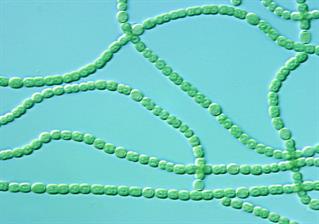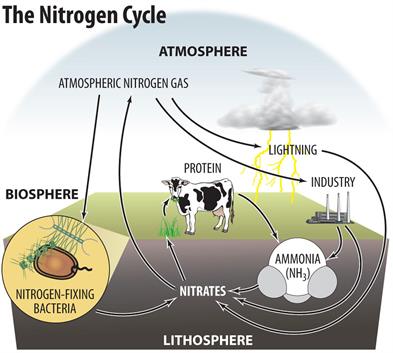
PUMPA - SMART LEARNING
எங்கள் ஆசிரியர்களுடன் 1-ஆன்-1 ஆலோசனை நேரத்தைப் பெறுங்கள். டாப்பர் ஆவதற்கு நாங்கள் பயிற்சி அளிப்போம்
Book Free DemoPlants have various uses that have been discussed already. The other uses of plants include:
1. Helps in the maintenance of soil fertility:
Plants shed their leaves, fruits, and seeds in the soil which degrades and decomposes to form humus. Humus is a dark-coloured, organic material formed by microorganisms acting on these dead and decaying plant parts. Humus increases soil fertility as it contains mineral salts that mix with the soil.
Plants like blue-green algae or cyanobacteria fix nitrogen in the soil. Cyanobacteria convert inert atmospheric nitrogen into nitrate or ammonia (organic form). The organic form is usable by plants as a nitrogen source.

Cyanobacteria
Bacteria like pseudomonas helps in denitrification and helps in the nitrogen cycle. Pseudomonas removes the fixed nitrogen from the soil and returns it into the atmosphere as atmospheric nitrogen or nitrogen gas (\(N_2\)).

Pseudomonas acts as a denitrifying bacteria that convert nitrates to nitrogen
2. Prevents soil erosion:
Plants prevent the erosion of soil as they protect the fertile topsoil. The plant roots fix and hold the soil. During natural calamities like cyclones or floods, the fertile soil is otherwise removed by air or water.

Tree holds or fixes the soil
During the rainy season, when the rain hits the soil, the fertile topsoil may wash away the soil and the nutrients present in the soil. Plants bind to the soil and thus prevents the erosion of soil.
Reference:
https://commons.wikimedia.org/wiki/File:WisconsinScenery.jpg
https://www.flickr.com/photos/argonne/5909383026
https://www.flickr.com/photos/timmeko/6106058553